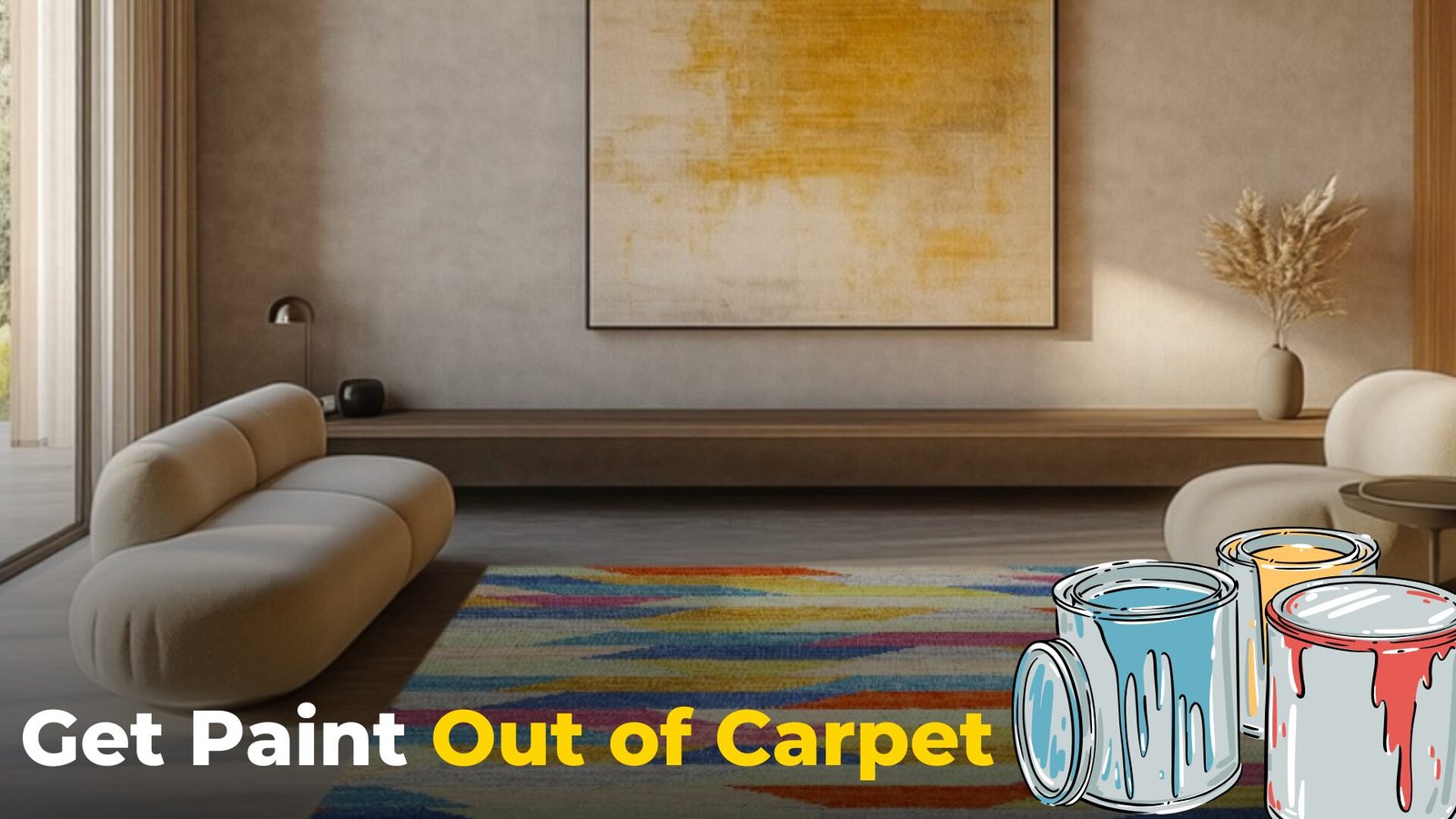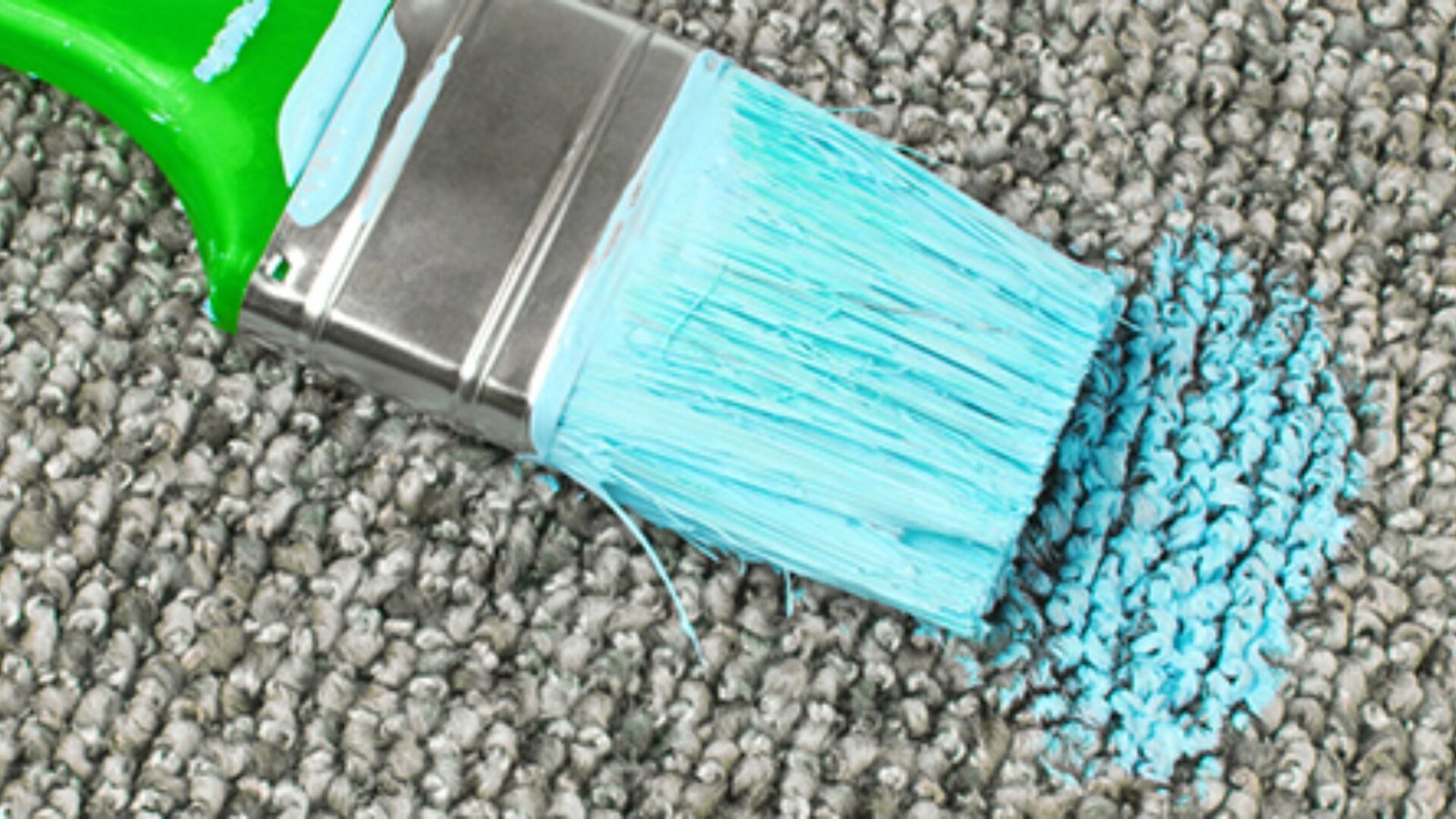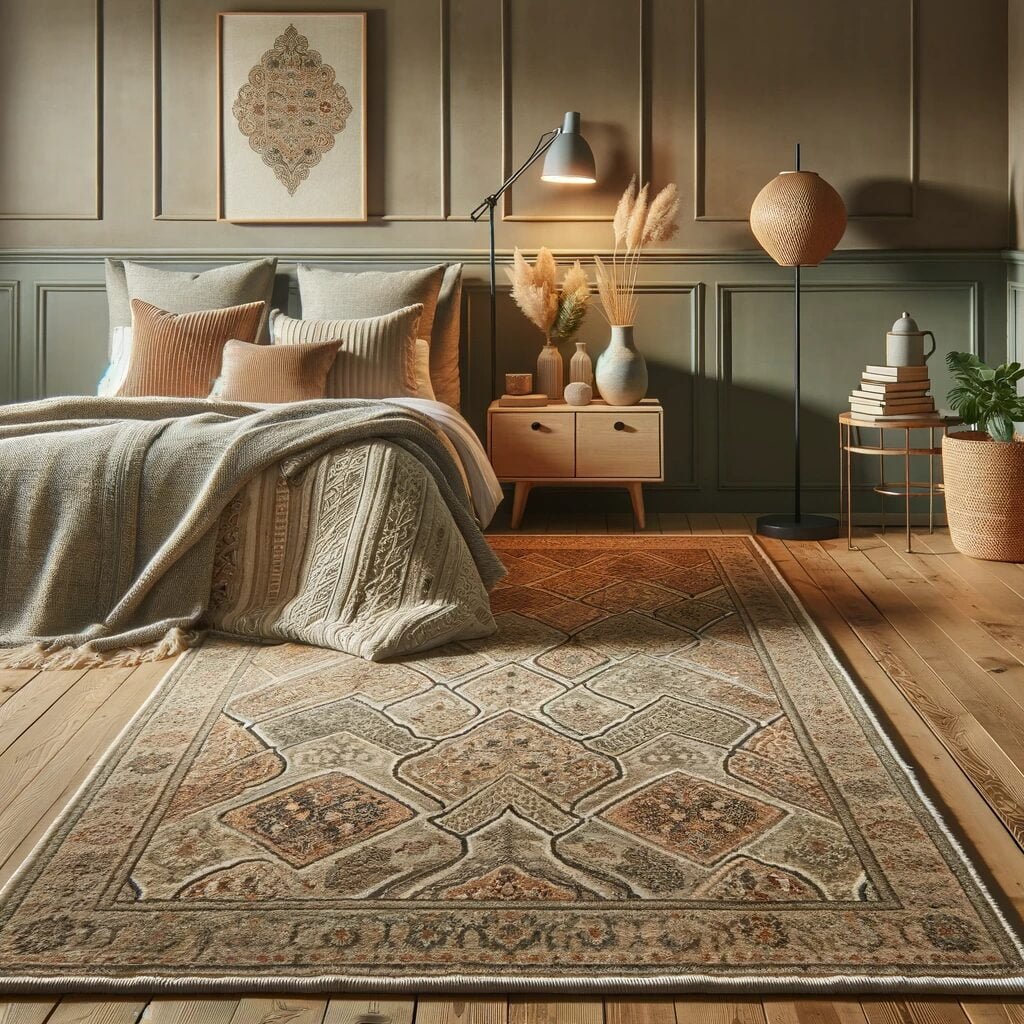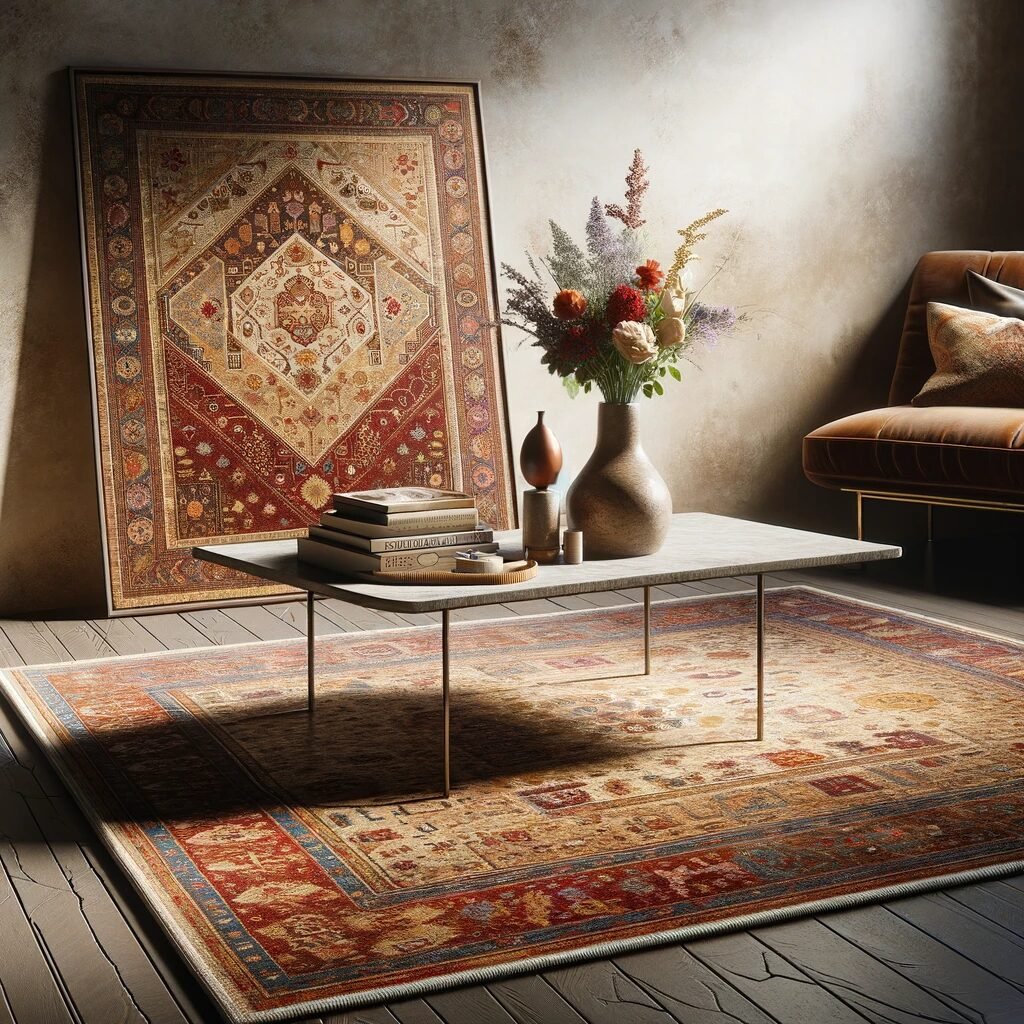For best prices and early deliveries, Contact Us : +91 94152 32525 or +91 88740 61111
How to Get Paint Out of Carpet?

Get Paint Out of Carpet: Paint splatters on a carpet can be a nerve-wracking sight. Whether it’s a small spill from a weekend arts-and-crafts session or a major accident during a home renovation, the first concern is often how to get the carpet looking fresh again. Many people assume it’s a lost cause, especially when the paint has dried into the fibers. However, with the right knowledge, a bit of patience, and some effective cleaning products, you can usually remove paint stains and restore your carpet’s appearance.
Feel free to refer to each section as needed. Even if you are new to DIY cleanup, you’ll find the steps detailed enough to build your confidence and skill set.
Table of Contents
1. Why Removing Paint from Carpet Is Important

A spill might look small at first, but ignoring it can lead to long-term issues. Paint left on the carpet can harden and bond to the fibers, making future removal more difficult. Beyond aesthetic concerns, some paint formulas can emit odors or contain substances that you don’t want lingering in your living space. Over time, a paint stain can also become a haven for dust and dirt, leading to other cleanliness concerns.
Moreover, carpets can be an investment, especially if they’re crafted from high-quality materials. This is where mirzapur qaleen comes into the picture. Known across India for offering top-notch rugs and carpets for every corner of the home, they emphasize how regular maintenance—including quick responses to spills—is crucial for extending a carpet’s life. If a paint accident does happen, it’s beneficial to act fast and use techniques that match your carpet’s material. This prevents you from having to replace a perfectly good carpet just because of a minor mishap.
2. Understanding the Basics of Paint Types
Before you can effectively remove paint from your carpet, it’s essential to determine which type of paint has been spilled. Typically, paints fall into two broad categories:
- Water-Based Paint (Latex): Sometimes called “latex paint,” this variety uses water as its main solvent. It’s known for being relatively easy to clean up if addressed quickly. The paint dries faster and usually has a lower odor compared to oil-based paints. Water-based paint has fewer volatile organic compounds (VOCs), making it a popular choice for indoor painting projects.
- Oil-Based Paint: This type relies on synthetic or natural oils as the main solvent. It’s known for durability and a higher resistance to moisture, making it a good fit for areas that need long-lasting coverage. However, its resilience means it can be trickier to remove from carpets. Oil-based paint often requires stronger solvents, such as paint thinner or specialized removers.
Why does identification matter? Each type of paint responds differently to cleaning agents. Using a cleaning method designed for oil-based paint on latex paint (or vice versa) can sometimes worsen the stain or damage the carpet fibers. If you’re unsure, check the paint container or consult a professional at a home improvement store.
3. Preliminary Steps Before Cleaning
3.1. Assess the Spill
- Amount of Paint: Is it just a small drop or a larger spill covering several square feet? The quantity will determine your approach and the time it might take.
- Paint Condition: Is it fresh and still wet, or has it had time to dry? Fresh paint is often simpler to remove, whereas dried paint might require extra steps like scraping or multiple applications of cleaning solutions.
3.2. Gather Your Supplies
For either water-based or oil-based paint, you will generally need:
- Clean cloths or absorbent paper towels
- A bucket of warm water
- Mild dish soap or specialized carpet shampoo
- A stiff-bristled brush (for stubborn stains)
- A vacuum cleaner to remove debris and paint flakes
- A paint-removing agent (for oil-based spills) or a handheld carpet cleaner
- Rubber gloves and a mask for safety (especially if using strong chemicals)
3.3. Ventilate the Area
Paint fumes, especially from oil-based types, can linger and lead to discomfort. It’s a good idea to open windows or use a fan to keep the air flowing. Proper ventilation is especially crucial when you’re using paint remover, acetone, or other strong solvents.
3.4. Test in an Unobtrusive Spot
If you plan to use hydrogen peroxide or a commercial paint remover, test it on a hidden section of your carpet. A small closet corner or an area under furniture can be good test sites. Apply a tiny amount, wait a few minutes, and look for any discoloration or fiber damage. This quick test can save you from inadvertently bleaching or weakening the carpet in a more visible area.
4. Getting Rid of Fresh Paint Spills
4.1. Act Quickly
The secret to removing fresh paint is speed. The longer the paint remains on the carpet, the deeper it penetrates. Over time, it can bond firmly to the fibers.
4.2. Blot, Don’t Scrub
- Blot With Paper Towels: Use a clean, thick paper towel or an absorbent cloth to soak up any excess paint. Press gently to avoid pushing the paint deeper.
- Apply Mild Pressure: Be patient. Continue blotting until you no longer lift paint from the surface. If the towel becomes saturated, switch to a fresh one.
- Avoid Vigorous Scrubbing: Scrubbing can cause the paint to spread, potentially enlarging the stain.
4.3. Use Water and Mild Dish Soap (For Latex Paint)
- Dab Water: Pour a small amount of warm water onto the stained area.
- Add Dish Soap: Use one or two drops of mild dish soap. This helps break down the paint’s bonds.
- Gently Clean: Work the soapy water into the carpet using a soft cloth or brush. Blot the stain to lift out the paint.
4.4. Move to a Carpet Cleaner If Needed
If mild soap and water aren’t enough to fully remove a fresh latex paint spill, consider using a specialized carpet cleaning machine. You can also hire a professional if you’re concerned about handling strong solutions yourself, especially if you’re worried about damaging a carpet from mirzapur qaleen or any other high-quality rug.
5. Handling Dried Paint Stains
5.1. Loosen the Surface
Removing dried paint can feel daunting, but it’s still possible with the right approach:
- Scrape the Area: Use a utility knife or an old spoon to gently break up paint clumps. Exercise caution to avoid cutting or tearing the fibers.
- Pick Out Larger Pieces: Needle-nose pliers or tweezers can help remove stubborn bits. Work slowly to minimize damage.
- Vacuum Thoroughly: This picks up loosened flakes, making the next steps more efficient.
5.2. Apply a Cleaning Solution
If you’re dealing with dried latex paint, you might still be able to use warm water and dish soap to soften the paint. Let it soak for a few minutes, then gently work the brush in circular motions to help loosen the paint layer. After that, blot with a clean cloth to remove the loosened paint particles.
5.3. Use Carpet Shampoo or a Steam Cleaner
A carpet shampooer or steam cleaner can also help break down dried paint. This step is especially beneficial if you have a deep-pile carpet. The hot water combined with a cleaning solution helps to penetrate the fibers, lifting the dried particles. After finishing, run the machine again using only water to rinse out any leftover soap.
6. Removing Water-Based (Latex) Paint in Detail
Latex paint is often considered the simplest to clean up because its water-soluble properties mean it loosens more easily. Still, if it has dried, you’ll need to put in some elbow grease:
- Moisten the Stain: Pour hot water or warm water directly over the paint spot. This helps rehydrate the dried paint.
- Add Dish Soap: A small amount goes a long way. Mix the soap into the water on the carpet, then use a stiff-bristled brush to create a light lather.
- Work the Stain: Continue scrubbing gently until you see paint flakes breaking away. Keep rinsing the brush in warm water as you go to prevent reapplying removed paint.
- Blot Excess: Use a clean cloth to blot away loosened paint and any remaining soap solution.
- Consider a Carpet Shampooer: If manual scrubbing isn’t fully effective, a handheld or upright carpet cleaner can make a big difference. Focus on slow, overlapping passes to saturate and extract the paint thoroughly.
Note: Once the area dries, vacuum to restore the carpet’s texture. This ensures no paint residue or soapy film remains.
7. Removing Oil-Based Paint in Detail
Oil-based paint poses a more significant challenge because it’s designed to resist moisture and provide a sturdy coating. Here’s a step-by-step method:
- Carpet Cleaner First: Start by using a carpet cleaning machine with warm water and the manufacturer-approved solution. Make multiple passes over the stain. This saturates the area and can sometimes loosen parts of the spill.
- Apply Paint Remover: If you still see residue, dampen a clean cloth with paint thinner, a commercial paint remover, or 100% acetone. Gently blot the stain. Avoid scrubbing aggressively, as strong solvents can damage some carpet fibers.
- Use Hydrogen Peroxide Cautiously: If you don’t have paint remover or acetone, hydrogen peroxide is an option. However, it can potentially bleach the carpet. Test it on an inconspicuous area, then proceed if it doesn’t cause discoloration.
- Repeat the Process: Oil-based paint may not dissolve as quickly as latex paint. Continue to reapply the cleaning agent and blot the area until color transfer onto your cloth diminishes.
- Final Rinse and Dry: After removing the paint, use a carpet shampoo to clean the spot thoroughly. Allow the area to dry, then vacuum to fluff the fibers. Keep a fan running or a window open to help the drying process.
Safety Tip: Ensure the room is well-ventilated, and consider wearing gloves and a mask when working with paint remover, acetone, or hydrogen peroxide.
8. Additional Advice for Persistent Stains
8.1. Professional Services
Even if you follow the best practices, some paint stains can be extremely stubborn, especially if they’ve been left for a long time or if the paint in question is formulated with unusual binders. In these cases, contacting a professional carpet cleaning service can be a practical choice. They have specialized equipment and chemicals that can treat deep-set stains while minimizing harm to the carpet.
8.2. Repeat Treatments
Sometimes a single treatment isn’t enough. You might have to repeat steps—like blotting with a remover, rinsing, and vacuuming—several times. Each attempt usually lifts a bit more paint, gradually restoring the carpet to its normal look.
8.3. Check Carpet Fibers
Different carpets are made from different materials. Wool, for instance, can be sensitive to harsh chemicals, while synthetic fibers may tolerate them better. If your carpet is a premium creation from mirzapur qaleen, take extra care with any solvent. When in doubt, reach out to the company or a textile expert for advice.
9. Preventive Measures and Future Care
9.1. Cover Your Floors Before Painting
It may sound obvious, but the easiest way to handle paint on carpets is to prevent it in the first place. Here are some tips:
- Use Drop Cloths: Invest in sturdy drop cloths or plastic tarps that cover the entire floor area you’re working in.
- Mask Off Edges: When painting walls, ensure that carpets near the edges are well-protected with painter’s tape or plastic sheeting.
- Keep Clean Rags Handy: If a spill happens, having an absorbent cloth nearby can help you blot it up before it spreads.
9.2. Regular Vacuuming
Routine vacuuming keeps your carpet in better shape, removing any small paint flecks that might accidentally land during smaller craft activities. For large painting projects, do a quick inspection of the carpet once you’re finished to catch any tiny droplets before they dry.
9.3. Prompt Response to Spills
Even if you see only a few drops, deal with them instantly. Small paint drops can turn into bigger problems if they go unnoticed and harden over time.
10. Why mirzapur qaleen Values Good Maintenance
mirzapur qaleen is a name that resonates with households looking for quality carpets and rugs. The company takes pride in offering products that align with different design preferences—be it traditional Indian motifs or modern minimalist aesthetics. Their collection is suitable for bedrooms, living rooms, offices, and anywhere you’d like to add a touch of warmth.
Here’s why their carpets deserve attentive care:
- Long-Lasting Value: High-quality carpets can stay in excellent condition for years, especially if spills are dealt with promptly.
- Consistency of Color: Paint stains can lead to permanent discoloration if not treated right away. Proper maintenance helps preserve the original vibrancy of the carpet’s design.
- Respect for Craftsmanship: Many carpets from mirzapur qaleen involve skilled artistry. Protecting them isn’t just about preserving your home’s look; it’s also about respecting the work that went into creating each piece.
Whether you’re a new buyer considering a purchase or a long-time customer, adopting quick and effective cleaning methods will help keep your carpets looking their best.
11. Step-by-Step Summaries for Each Scenario
11.1. Fresh Water-Based Paint
- Blot excess paint gently with paper towels.
- Pour warm water on the area and add a drop of dish soap.
- Gently scrub with a brush, taking care not to spread the paint further.
- Blot with a clean cloth until the paint is lifted.
- Rinse with plain water and vacuum once dry.
11.2. Dried Water-Based Paint
- Scrape away paint chunks using a utility knife.
- Soften the paint by pouring hot water on it.
- Work in dish soap with a stiff brush.
- Blot repeatedly, removing loose particles.
- Use a carpet cleaner if necessary and finish by vacuuming.
11.3. Fresh Oil-Based Paint
- Start with a carpet cleaner to saturate the stain.
- Blot with a cloth soaked in paint remover or acetone.
- Check color transfer; repeat until color transfer reduces.
- Rinse with a carpet shampoo solution.
- Let the area dry and then vacuum.
11.4. Dried Oil-Based Paint
- Break up hardened spots with a knife or needle-nose pliers.
- Vacuum loose debris.
- Apply paint remover or acetone carefully, blotting rather than scrubbing.
- Repeat until you see improvement.
- Clean with carpet shampoo, let it dry, and vacuum to finish.
12. Eco-Friendly Considerations
With rising environmental awareness, many people prefer using low-impact cleaning solutions. Here are a few ideas:
- Natural Solvents: Products like white vinegar, baking soda, or even plant-based cleaners can be effective for mild spills. However, they might not always work for tough, dried paint, especially oil-based.
- Proper Disposal: When using chemicals like paint thinners, acetone, or strong commercial removers, never pour them down the drain. Follow local regulations for disposing of hazardous materials.
- Ventilation: Even if you choose environmentally friendly options, good ventilation keeps your indoor air quality high.
13. Key Takeaways
Spilling paint on a carpet can feel stressful, but with the right method and tools, you can often solve the issue without needing to replace your carpet. Whether dealing with latex or oil-based paint, focus on immediate blotting for fresh spills and gentle scraping for dried ones. Always perform spot tests with stronger chemicals to ensure you don’t damage or discolor the fibers. Throughout the process, patience and repetition are crucial. You may not see instant results, but careful, methodical steps will often yield success.
When you own a beautiful carpet from mirzapur qaleen, safeguarding your investment by learning these cleanup methods is even more important. Their high-quality rugs, known for both style and durability, are designed to last for years when cared for properly. This guide has provided you with comprehensive tips that should help you handle most paint-related accidents, from small spots to larger spills.
By incorporating regular cleaning habits and acting quickly whenever an incident occurs, you’ll maintain the charm and comfort that a good carpet brings to your living space. Below, you’ll find 10 frequently asked questions (FAQs) that address common concerns and provide additional insights.
10 Frequently Asked Questions (FAQs)
1. What is the best immediate step when paint spills on a carpet?
Start by blotting the paint with a paper towel or clean cloth. Avoid scrubbing, as it can push the paint deeper. Quick action makes a big difference in how easily the stain comes out.
2. How can I tell if my paint is water-based or oil-based?
Check the label on your paint can. Water-based or latex paint will typically mention “water cleanup” and have lower VOCs. Oil-based paint often states it requires mineral spirits or paint thinner for cleanup.
3. Are natural cleaners effective for all paint types?
While natural solutions like vinegar and baking soda can help with mild water-based spills, they may not be as effective for oil-based paints or large, dried stains. In those cases, commercial cleaners or paint removers might be necessary.
4. Will hydrogen peroxide discolor my carpet?
Hydrogen peroxide can potentially bleach certain carpet fibers. Always perform a small patch test in a hidden area. If there’s no discoloration after a few minutes, it’s generally safe to proceed.
5. Can I use a hairdryer to speed up drying after cleaning?
Although you can use a hairdryer on a cool setting to reduce drying time, hot air might cause any remaining paint to harden prematurely. Good ventilation and natural air circulation are usually safer options.
6. What if the paint spill is too large to handle on my own?
For major spills or deeply set stains, consider consulting a professional carpet cleaning service. They have specialized equipment and solvents that can be more effective than off-the-shelf solutions.
7. Are there special precautions for wool or high-end carpets?
Yes. Wool and premium rugs can be sensitive to harsh chemicals. If your carpet is an expensive piece from mirzapur qaleen or another top brand, it’s wise to consult the manufacturer or a specialist before using strong solvents.
8. Does repeated scrubbing cause permanent damage?
Aggressive scrubbing can fray or distort carpet fibers, leading to a worn look in the treated area. Blotting or gently brushing is usually more effective and less harmful.
9. How often should I vacuum my carpets to maintain them in good shape?
A weekly vacuuming schedule is sufficient for most households. For busy areas with more foot traffic, you might consider vacuuming multiple times a week to remove dirt and prevent grime buildup.
10. How can I protect my carpet before painting a room?
Use thick drop cloths or plastic sheets to fully cover the floor. Secure them with painter’s tape near baseboards, and keep an extra cloth handy to wipe up any accidental spills immediately.
Conclusion
Carpets play a key role in enhancing the comfort and visual appeal of a home. A paint accident might look alarming, but you now have a wide array of methods at your disposal to address spills. From identifying the paint type to using specialized removal techniques, the steps outlined in this guide are designed for simplicity and effectiveness. By following these practices, you’ll not only preserve the neat look of your carpet but also extend its overall lifespan. If you own or plan to invest in a high-quality piece from mirzapur qaleen, this knowledge becomes even more valuable, ensuring your prized carpet remains in excellent condition for years to come.








